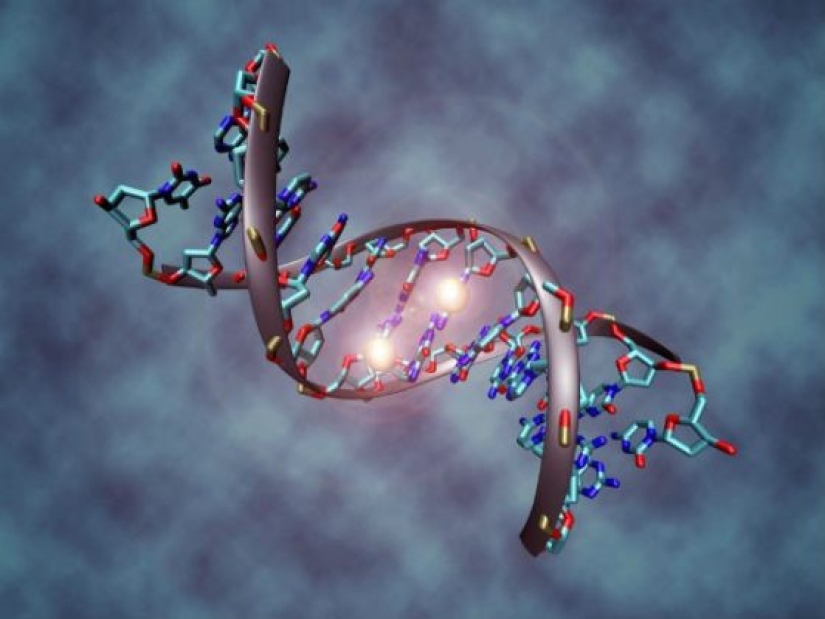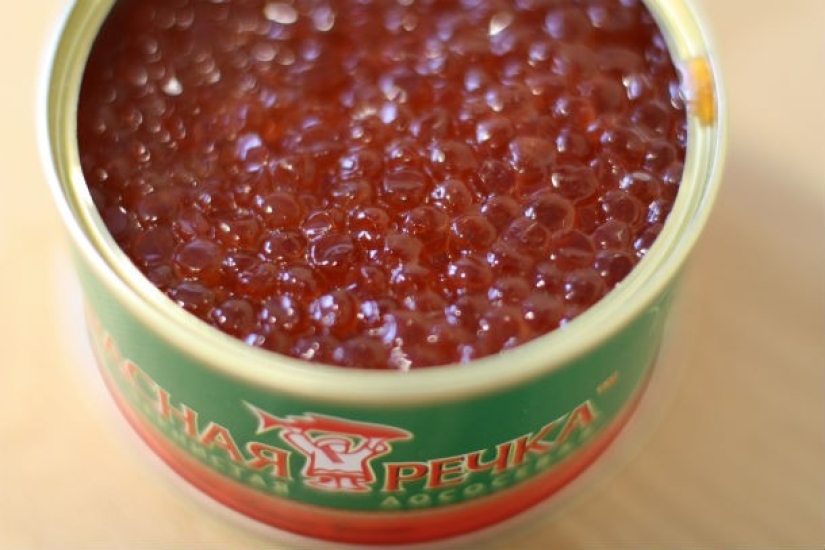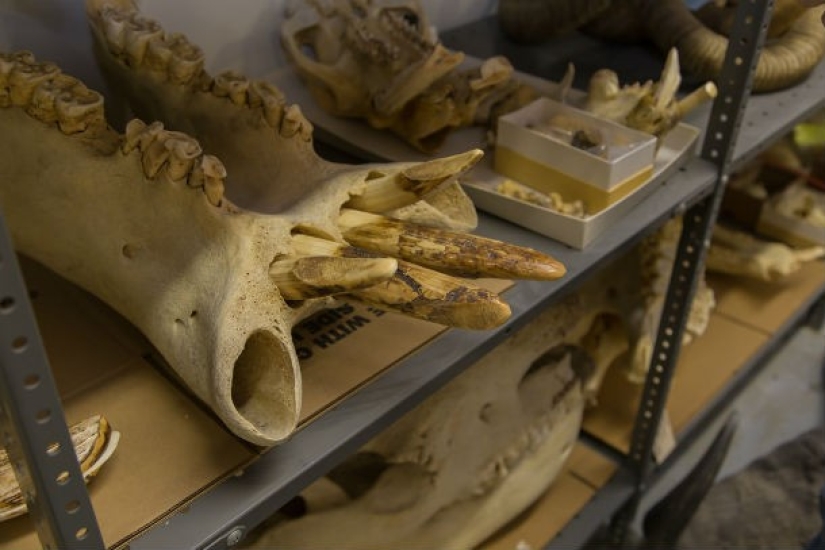14 facts you may not know about DNA
DNA is the molecule that contains our unique code, hence the instructions that our body must develop, live and reproduce. Like a to-do list, DNA carries instructions for making absolutely every protein in the body. This information is passed down from parent to child. The topic of DNA has become especially popular in recent years due to its wide use and usefulness. Today, DNA tests are used for a variety of reasons, such as determining paternity, diagnosing genetic mutations, etc. The Lab-DNK DNA analysis laboratory in St.
14 PHOTOS

1. DNA is found in absolutely all living organisms.

2. Everyone has heard of DNA paternity testing or DNA identification of a perpetrator. However, DNA can identify certain foods, such as wine or caviar.

3. DNA is used to identify endangered animal species.
4. DNA can be extracted in a variety of ways, such as from blood, saliva, urine, or semen.
5. DNA tests can detect the risk of developing serious diseases, such as cancer and other genetic diseases.
6. Superheroes like Wolverine just got their powers thanks to DNA mutations. Of course, in real life, this is hardly possible.
7. A mutation can affect not one DNA base, but several, up to many chromosomes.
8. Mutations in DNA can be caused by various factors, including drugs and even exposure to UV rays. That's why you should not get involved in sunburn.
9. All our DNA can cover the distance to the sun and back 600 times if stretched out in one line.
10. The phrase “genes are to blame” really makes sense because genes are parts of DNA that are passed from parents to children and carry all hereditary information.
11. In some countries there is a DNA database of criminals who already had a criminal record.
12. Mitochondrial DNA is transmitted only from mother to child because mitochondria are not contained in sperm, but are only in the egg.
13. Red blood cells do not contain DNA, unlike all other cells in our body.
14. DNA was discovered by the Swiss biochemist Friedrich Miescher. He found a molecule in the nuclei of leukocytes but mistook it for a nucleus.
Keywords: Facts | DNA | Science | Instructions | Molecules | Unique code | Protein | Human body | Information | DNA tests
